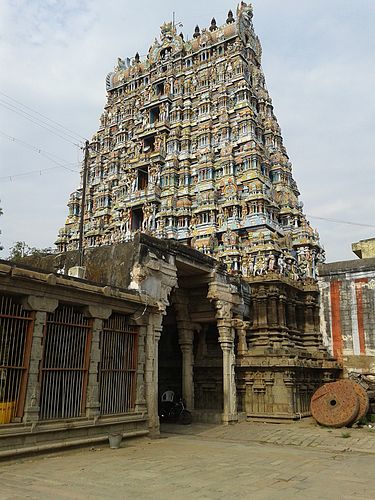About Thondaimandala Samrajyam
This monastery – Thondaimandala Aadheenam – of the Kailaasa Paramparāgatha Adi Shaiva Sarvajñapiṭha Thondaimandala Sāmrajyam (Kingdom) is called Tirukkailaya Paramparai Thondai Mandala Aadheenam because it was established by Jnana Prakasar in the direct lineage of Paramasiva of Kailaasa (called Kailayam in Tamil)
Thondai Mandala Shaiva Vellalars (the community from which hails Bhagavan Sri Nithyananda Paramashivam) already had their kriya mutts to carry out their kriya activities. Each male and female was to get the Samaya Diksha (formal initiation into Adi Shaiva;) between age 7 to 9, and receive the special Diksha before 16, accepting Anmartha Shiva Pooja before marriage time and if they are keen to lead a spiritual life, they would receive the Nirvana Diksha and Acharya Abhishekam (ritualistic coronation to the spiritual seat). The Thondaimandala Shaiva Vellalar community was initiated into all such initiations in early days of the enlightenment ecosystem. To assist them in these activities, they needed a Jnana Mutt (enlightenment ecosystem ). They adapted this Adheenam (monastery) as their Jnana Peetham (spiritual Seat) and became its devotees through generations.
Our Mission
Thondaimandala Samrajyams leader The SPH Bhagavan Sri Nithyananda Paramashivam is giving a superconscious breakthrough to humanity, which is physically demonstrable through various power manifestations, scientifically measurable and stands the scrutiny of rational logic in hundreds and thousands of human beings around the globe.
Our Vision
- To revive and re-establish the VedaAgamas as a living Applied Science, giving the superconscious breakthrough that humanity is long waiting for in its evolutionary path.
- To pioneer a divine evolution, awakening human beings to their extraordinary powers (Shaktis) and powerful cognitions (from higher states of Consciousness), building the next level frequency of human body, mind, internal organs and intra organs (such as Third Eye).
- To empower humanity to manifest Superconscious powers at individual, societal and global levels.
- To re-create a Conscious world where the global issues at the climatic, economic, social, health and 2 humanitarian levels, cease to exist from their very root; turning the problems of poverty, hunger, violence, discrimination into powerful living through the experience of Oneness.
Thondai Mandala Shaiva Vellalars
Thondai Mandala Shaiva Vellalars (the community from which hails Bhagavan Sri Nithyananda Paramashivam) already had their kriya mutts (kriya – rituals; mutts – monasteries) to carry out their kriya activities. Each male and female was to get the Samaya Diksha (formal initiation into Adi Shaiva; Samaya – refers to the religion of Adi Shaiva; Diksha – spiritual initiation) between age 7 to 9, and receive the special Diksha before 16, accepting Anmartha Shiva Pooja (everyday personal puja each one does to a Shivalinga given to him after initiation) before marriage time and if they are keen to lead a spiritual life, they would receive the Nirvana Diksha (one more spiritual initiation) and Acharya Abhishekam (ritualistic coronation to the spiritual seat). The Thondaimandala Shaiva Vellalar community was initiated into all such initiations in early days of the enlightenment ecosystem. To assist them in these activities, they needed a Jnana Mutt (enlightenment ecosystem – a temple-monastery complex). They adapted this Adheenam (monastery) as their Jnana Peetham (spiritual Seat) and became its devotees through generations.
The Pontiffs of the Thondaimandala Aadheenam are picked from the Thondai Mandala Shaiva Vellalar community. The people of this community have made huge donations of lands and buildings at many places to this Mutt to make it a prosperous one. The history described above was seen in a book in possession with the 229th Guru Maha Sannidhanam (229th Pontiff).
Thondaimandalam and Thondaimandala Aadheenam
Kanchipuram in the State of Tamilnadu is primarily the Thondaimandala region. Hindus regard Kanchipuram in Thondaimandalam to be one of the seven holiest cities in India, the Sapta Puri (Sapta – seven; Puri – sacred place). In Hinduism, a kṣetra is a sacred ground, a field of active power, and a place where final attainment, or moksha, can be obtained. One of the Hindu Source Scriptures Garuda Purana says that seven cities, including Kanchipuram are providers of moksha (final attainment). The city is a pilgrimage site for Saivites and Vaishnavites. It has close to 108 Shiva temples. It was originally designed to stand for the ultimate Truths of Adi Shaiva and celebrate these Truths through its temples, culture, people and lifestyle.
The Guru Maha Sannidhanam (Pontiff) ruled this Adi Shaiva Kingdom from the Thondai mandala Aadheenam. Paramaśiva is the worshipped deity in this Aadheenam.

Chola Dynasty in 848-1279 AD of which Thondaimandala was a part
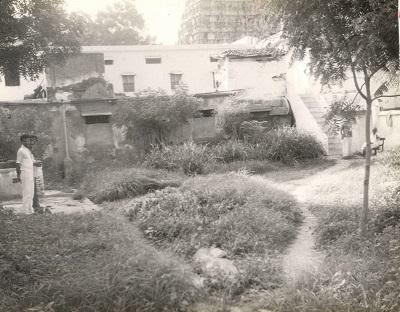

Pictures of the ancient Thondaimandala monastery

Pictures of the ancient Thondaimandala monastery

The presiding deity of Paramaśiva in the monastery’s temple.
Glory of Thondaimandalam
Padikasu Pulavar
Padikasu Pulavar is a Tamil poet who had lived during the late 17th and early 18th centuries. He was a native of Kalandai in Thondaimandalam. He was famous for authoring Thondaimandala Sathagam (sathagam is the name given to a composition containing one hundred verses) a poetic collection written in praise of Thondaimandala Vellalars or agriculturists of the Thondaimandalam region.
He was a court poet of Raghunatha Kilavan, first Sethupathi (Ruler) of Ramnad, South India. Sri Ramalinga Swamigal has written a fine commentary on the invocatory song of Padikasu Pulavar’s book Thondamandala Sathagam.
Xuanzang
A Chinese traveller who visited Kanchipuram in 640 CE, recorded that the city was 6 miles (9.7 km) in circumference and that its people were renowned for their bravery, piety, love of justice and veneration for learning.
Enlightened Beings and Power Manifestors of Thondaimandalam
In early days before the persecution of Kailaasa (ancient India where the civilization itself was a highly conscious and evolved one), there were enlightened beings, Siddhars, Munivars, Rishis, etc who manifested spiritual powers and kept the entire enlightenment ecosystem alive through their contributions and spiritual initiations. Below are a few such beings from ancient Thondaimandalam.
Saint Sekkizhar
Sekkizhar (Tamil: சேக்கிழார்) was a poet Saint and a contemporary of King Kulothunga Chola II in the Thondaimandalam region. He compiled and wrote the Periya Puranam (Great Story or Narrative) in 4253 verses, recounting the life stories of the sixty-three Adi Shaiva Nayanars, the enlightened devotees of Paramashiva. Sekkizhar himself was revered as a poet and Saint and his work, the Periyapuranam became the twelfth and final book of the sacred Saiva canon.
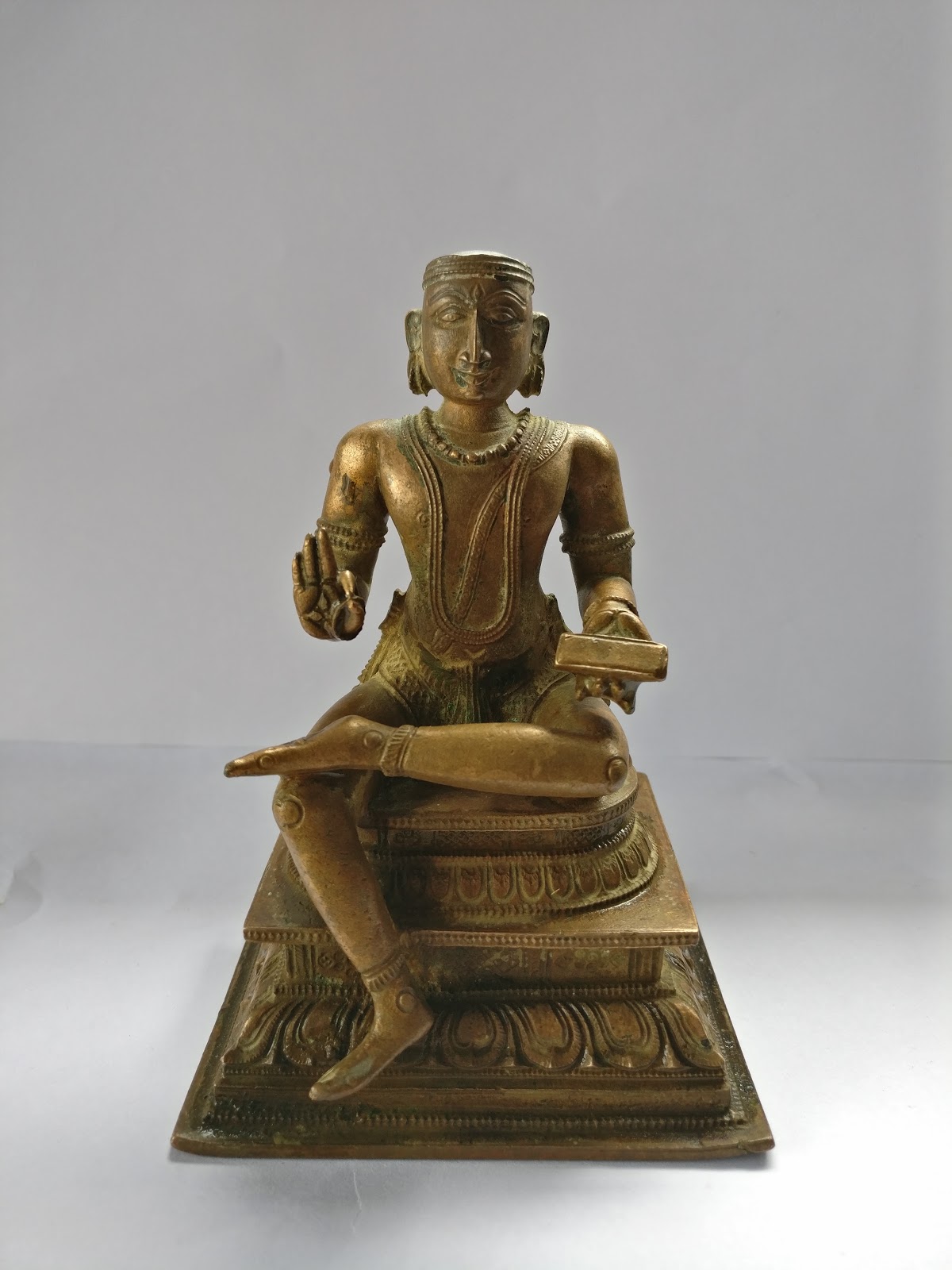
Sekkizhar was born as Arulmozhithevan, meaning “the one of the divine languages”. He was a native of Kundrathur village, a sub-division of Puliyur-kottam in Thondaimandalam. Sekkizhar was a child of precious genius and having noticed this, king Anapaya, that is King Kulothunga Chola II appointed him as his Prime Minister whose enlightened knowledge would guide the entire kingdom. His life is celebrated by the famous poet Saint Umapati Sivacharya in his fourteenth-century work (1313 A.D) called Sekkizhar Nayanar Puranam. Sekkizhar anniversary festival is celebrated every year in the Tamil month of Vaikasi (May-June) on his natal star – Poosam.
Kulothunga Chola II was so moved upon hearing Sekkizhar’s Periyapuranam that he placed the poem and Sekkizhar on the royal elephant and took them out on a grand procession around the streets of Chidambaram (spiritual nerve center in South India). The king himself waved the chamaram (fly-whisks) for Sekkizhar and showered Sekkizhar with honors. This work is considered the most important initiative of Kulothunga Chola II’s reign. Among all the hagiographic Puranas (Hindu History) in Tamil, the Periyapuranam (or Tiruttondar Puranam) stands first. The Periyapuranam is considered a fifth Veda in the Tamil language and it immediately took its place as the twelfth and the last book in the Shaiva canon.
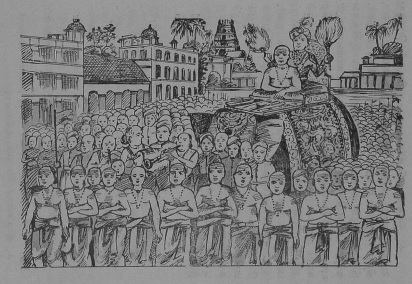
Saint Sivaprakasar
Siva Prakasar (also Ṣiva Prakāṣa or sometimes Ṣiva-prakāṣa Dēṣikar), was a Tamil poet and philosopher lived during the late 17th and early 18th centuries. He was called ‘Turai mangalam Sivaprakasar’ , ‘Karpanai Kalanjiyam’, and blessed by the grace of God as ‘Sivanuputhichelvar’. He has contributed more than thirty-four Tamil books to the Tamil Literature, the most well known of which is the ‘Nanneri’, a work dealing with moral instructions. He is also well known for translating early Kannada works into the Tamil language and for creating his own poetry.
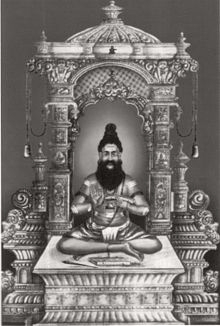
Family Background.
Sivaprakasar was born in Kanchipuram in Thondaimandalam, into an orthodox Adi Shaiva Tamil family around the middle of the 17th Century. Sivaprakasar’s father Kumaraswamy Desikar was a respected spiritual leader. He was an archagar (official temple priest) in Thondaimandalam.
Sekkizhar’s Learning and Extraordinary Contribution to the Enlightenment Ecosystem
To learn Tamil Grammar, Sivaprakasar along with his brothers Karunaiprakasar and Velaiyar went to Tirunelveli (a place filled with enlightened beings in South India) and found Valliyur Tambiran as their teacher. The teacher accepted him as his student after Sivaprakasa Swamigal demonstrated his exceptional proficiency in the subject. He taught him everything he knew, but when Sivaprakasa Swamigal tried to pay for his tuition fees, he refused, saying that he would like to have the payment in a different sort.
The teacher had been having a bitter feud with another Tamil scholar. He told Sivaprakasa Swamigal, ‘Go to this man, defeat him in a contest of Tamil prosody, and as a condition of his defeat, make him prostrate to me’. Sivaprakasa Swamigal accepted the assignment, located the rival scholar, and challenged him to compose spontaneous verses, on a specified topic that they would both pick, that had no labial sounds in them, meaning, the verses had to be composed without any letters such as ‘m’ and ‘p’, which are sounded by putting the lips together. The scholar was unable to compose even a single verse with this restriction, whereas Sivaprakasa Swamigal produced thirty-one venbas (verses) on the prescribed theme. The rival scholar accepted defeat and went to prostrate before Sivaprakasa Swamigal’s grammar teacher – Valliyur Tambiran. Thus, to defeat such arrogant poets Sivaprakasha Swamigal sang the “Tiruchendur Neerotta YamahaAnthathi”. Sivaprakasa Swamigal travelled widely all over Tamil Nadu, met Sivagnaana Balaya Swamigal and became his first and prime disciple. He was blessed as ‘Sivanuputhichelvar’ by his Guru. He composed thirty two volumes of poetry in praise of Paramasiva and His Guru Sri Sivagnana Balaya Swamigal.
Then he went to Turaimangalam and stayed with Annamalai reddiyar, a donor and devotee of Adi Saiva. There he established monasteries – the enlightenment ecosystems – in many places particularly in Turaimangalam nearby Vaali kandapuram. He attained liberation in Nallathur near by Pondicherry when he was just thirty two.

Sivaprakasa Swamigal’s jiva samadhi (place where mortal body was shed) temple
Earlier Pontiffs of the Thondaimandala Aadheenam
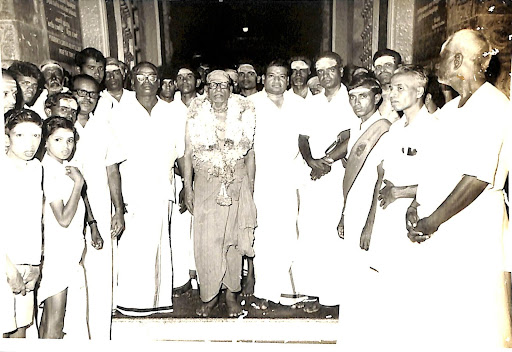
229th Pontiff of Kingdom of Thondaimandalam – Tiru Muthu Manickavasaga Mudaliar
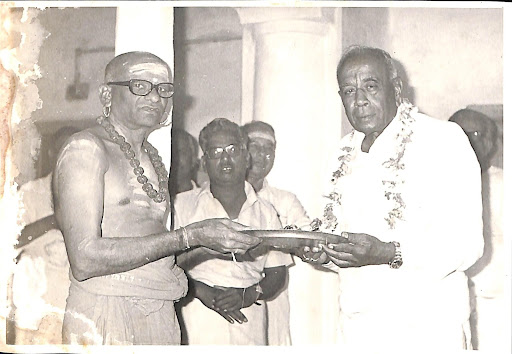
230th Pontiff of Kingdom of Thondaimandalam – Kayilai Punithar Seelathiru Jnanaprakasha Swamigal Durai – Jnanasambantha Mudaliar
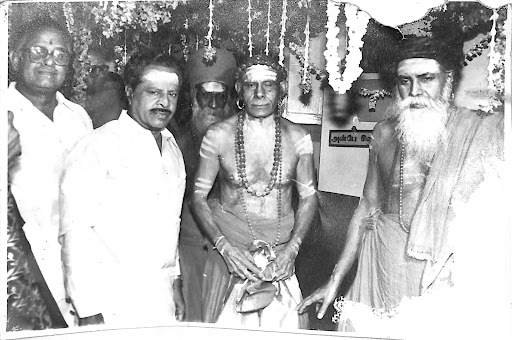
231st Pontiff of Kingdom of Thondai mandalam – Amirthaliṅga Swamigal
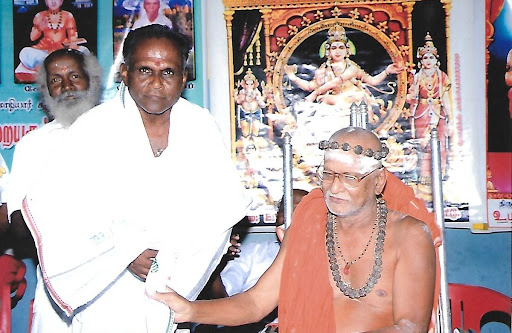
232nd Pontiff of Kingdom of Thondaimandalam – Sri La Sri Thiruvambala Desika Gnanaprakasa Swamigal
A Branch of Thondaimandalam Aadheenam Near the Famous Nellayappar Temple
The Gopuram (temple tower) of Nellayappar temple in Tirunelveli
The famous Nellayappar temple in Tirunelveli has around it a branch of Thondaimandala Aadheenam that serves the people who visit the temple. It is a temple that is even larger than the Meenakshi Amman temple of Madurai and is a large storehouse of stone inscriptions that reveal the spiritual and political history of the place. The Aadheenam serves the devotees who visit the temple.

